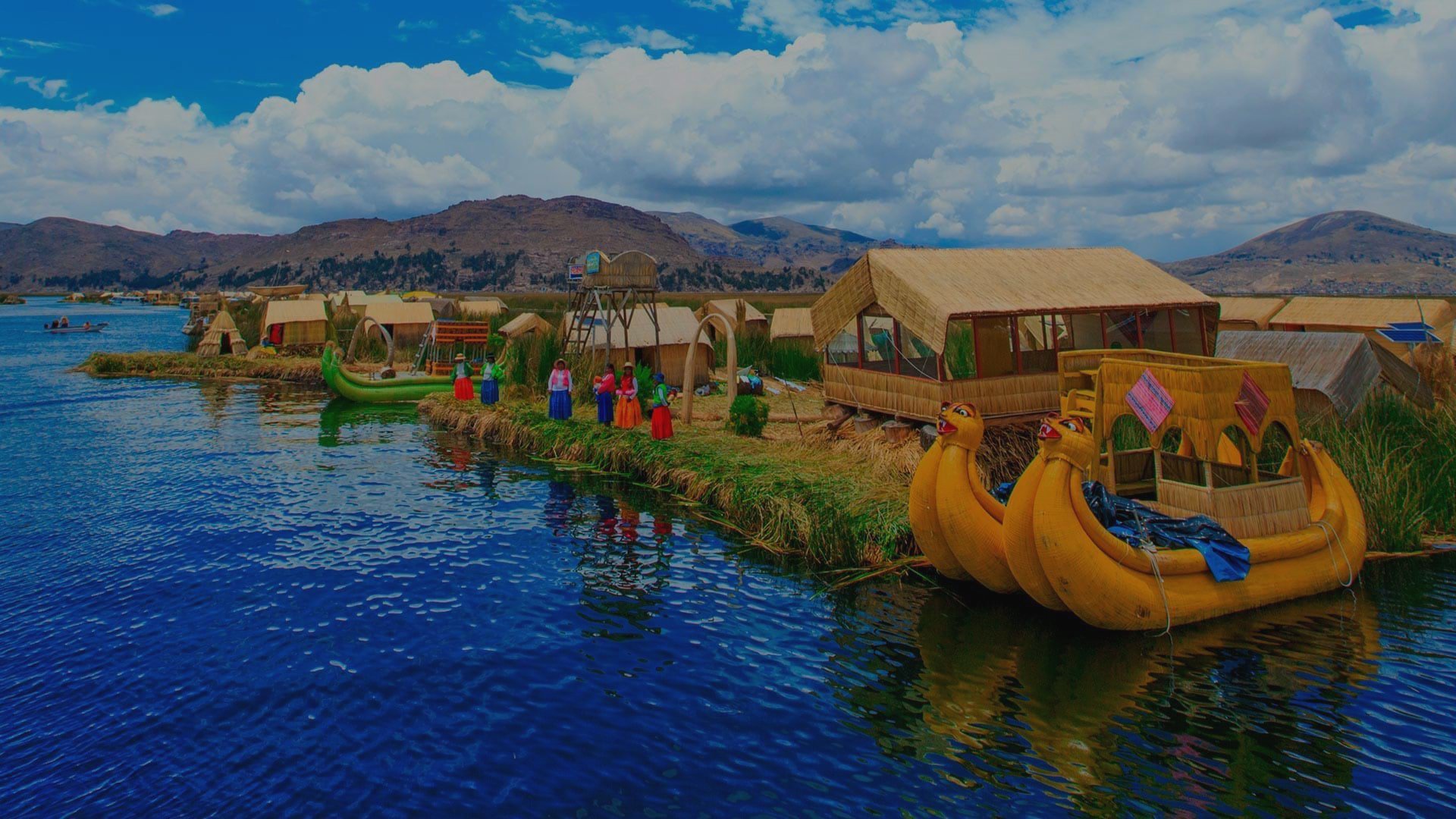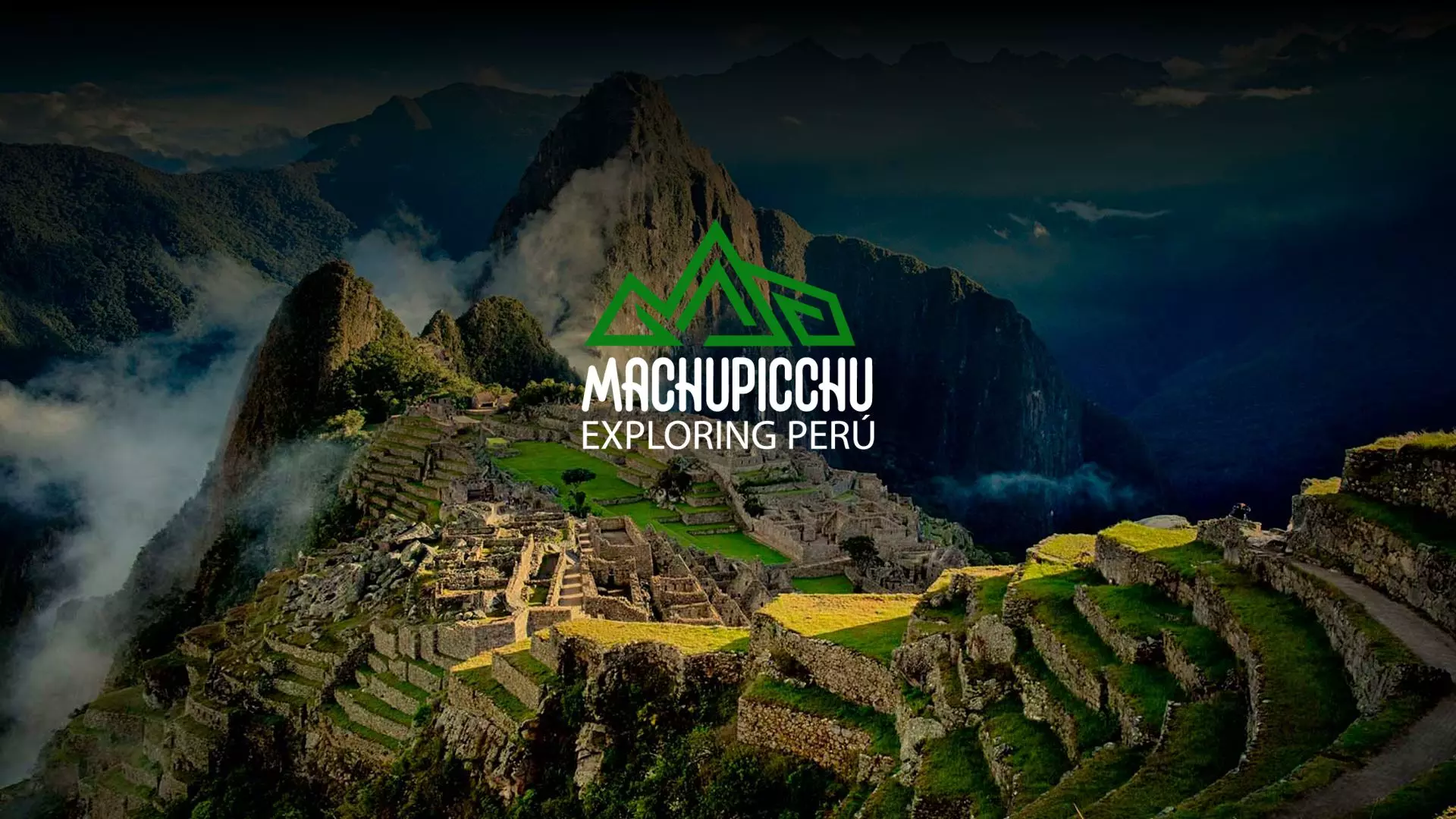Menu

3 Days
50 miles
Moderate
3500 msnm
Classic Tour
Up to 8 people
Lake Titicaca – Puno
Titicaca tour, Titikaka tour, puno tours, Lake Titicaca, Titicaca Peru, travel to Titicaca, Introduction. – To come to Peru, before you need to think in Machu Picchu Inca city, and the sacred lake of Titicaca. Machu Picchu is located on the Cuzco at altitude 3,400 m.a.l.s, region, and Titicaca is located on the 3,810 m.a.l.s in the regain of Puno. A lot of travelers come to South American especially to Peru. Peru has a lot of natural resources to invite to all travelers who come for holiday, vacation, honeymoon, or business. We are your travel company in Peru. Operating the most beautiful cities and villages, of course given the best adventure, unique intrepid trips. If you want to make all your experience we us is time to decide to make you budget and come to Peru. For more information get in touch we us to (machupicchuexploringperu@gmail.com).
TRAVEL TO LAKE TITICACA
At a dramatically high altitude of 12,397 feet (3,809 meters), Puno is known mostly for being the gateway to the highest navigable lake in the world, the gorgeous Lake Titicaca and its incredible floating islands.
Ancient legend has it that from these shimmering blue depths emerged the first children of the Sun: Manco Capac, and his wife, Mama Ocllo, founders of the mighty Tihuantinsuyo Empire. Incas also held the lake in esteem as Incan legend says that the first Incas came from the lake.
Once known as the “City of Silver” – a reference to the city’s silver mining past – the high Andean town of Puno has a dense and varied history, made richer by the many waves of conquering cultures that swept through the region. Nowadays it is proudly referred to as the folkloric capital of Peru due to its rich artistic culture and more than 300 ethnic dances.
Today, the descendants of these mythical figures still live off the land and fish for abundant freshwater trout. The Aymara culture is the most dominant in the region both in terms of ancestry and indigenous language, and the culture spans the entire altiplano (high plateau), which includes Bolivia and southeastern Peru. Having inherited their forefathers’ mastery of architecture, stonework, ceramics, and textiles, there is no shortage of local treasures for a culture-loving traveler to discover. Interestingly – and unlike the rest of the Andean region – it is the men and boys who weave the fabulous textiles on the wonderful Taquile Island, one of the many islands of Lake Titicaca. A tour of Lake Titicaca gives travelers unique insight into the lives of these fascinating communities. Lake Titicaca.
leaving cusco at 7:00 am arriving to puno at 5:00 pm)
ANDAHUAYLILLAS
It is named the “Sixtine Chapel of America” and in some sense the comparison examples of the Andean popular religious art. The church of Andahuayliaas is a jewerly of the mestizo baroque architecture that developed in Cusco. Its nave presents profuse decoration, especially in the celling decorated with carved panels which is a recover with pan de oro (type of gold decoration).
RAQCHI (Temple of Wiracocha God)
To 121 Km of Cusco, it was an Inca church of monumental dimensions: 100 meters of length by 26 meters of wide and 14 meters of height; the temple is divided in two naves and each nave shows basics of 11 giant columns. The bases of the church are bulit perfectly carving stones continued with adobe. It is aprpreciated besides qolqas or granary places of military order, religious, Inka between others.
LA RAYA
Media point in the rout of Cusco РPuno. It is the highest part, it has 4335 meters above sea level, we can appreciate beautiful landscapes, llamas and vivu̱as, geographic union between two cultures quechua and aymara, we can see the Altiplano arid and dry union with the quechua zone with rivers and valleys.
PUKARA
It is the most important and oldest ceremonial center of the Altiplano, preceding to tiahunaco, characterized by a series oh echelon platforms ceremonial center. It’s also possible to appreciate interesting litosculptures, trails or tomb stone of intriguing personage that seems to show evidence of a brave civilization. here is where it was discovered the origins of the Andean culture in the Altiplano.
Reception and transfer from the fist class bus station to the hotel Overnight at Hotel.
You will travel from Cusco to Puno at 8:00 pm so you will arrive to Puno at 5:00 Am next morning ready to start your Titicaca Lake tour
After breakfast, we will take a two-hour motor boat excursion on the waters of Lake Titicaca, which straddles the border of Peru and Bolivia, to the unique floating “islands” of the Uros. These ancient inhabitants of the lake, known as the Water Tribe, have built their own “islands” by periodically adding new layers of a type of reed unique to the area called “totora”. Their homes and boats are also made of this material. There are over forty of these islands, which have strategic defenses such as watch towers just in case!
Then it is on to Amantani Island, which is inhabited by over 3,000 Quechua-speaking natives, still governed by their ancient traditions, whose main occupations are the production of ceramics and textiles. You can explore the Inca and Tiahuanco archaeological remains on the island. The positive energy here is so powerful, you have an almost panoramic view of the lake and you will not want to miss the sunset and sunrise either.
Lunch is a simple affair provided by us before staying overnight at the house of a local islander, to enjoy the hospitality of a typical Amantani home.
After a good breakfast, you will visit Taquile island, a narrow, long and quite hilly island, of approximately 15 square kilometers, which was once used as a prison when it belonged to the Spanish. You will meet its inhabitants and admire their colorful textile fabrics, which has been their staple trade since time immemorial. Here you can also enjoy a highly scenic trek, followed by lunch in a local restaurant. Then you will back to puno port at 5:00pm.
GROUP SERVICE: US$120 & Students US$100 (10-15 ppl Average – 25ppl Maximum /02 person to open a new group & You can leave any day you suit (Based on availablity)
To Book: we need you to send us the filled out booking form as well as a deposit of US$30 per person by Paypal or Western Union .
What is totora?
Totora is a cattail-like reed that grows abundantly in Lake Titicaca. Our livelihoods depend on this reed for shelter, food and medicine.
Do the islands move?
You won’t notice the island moving at all. They do sway a little during very high winds. The surface is soft and springy, like walking on a mattress.
What kinds of meals can I expect?
All of our meals are wholesome and cooked fresh every day. Breakfast consists of bread and pastries, fruit preserves, coffee, tea, and eggs cooked to order. Lunch and dinner might include baked trout or chicken with vegetables. Be sure to leave room for dessert!
I’m a vegetarian? Can you accommodate me?
Let us know in advance and we’ll make sure your dietary needs are taken care of.
Do I need to bring a sleeping bag or bedding?
No, all our guest rooms have new mattresses, clean sheets and lots of warm blankets. We’ll even put a hot water bottle in your bed at night.
Can I charge my camera’s batteries?
Yes, our island is 100% solar-powered and has universal plugs that accept round and/or flat prongs. Voltage throughout Peru is 220v. Almost all electronics (e.g. cameras, video, MP3 players, digital tablets, e-readers, etc) are dual voltage, so a voltage converter is not necessary. Please check your individual device’s user manual for more information.
Can I swim in Lake Titicaca?
Yes, you can. Some of our more adventurous guests enjoy taking a plunge after a day in the hot sun. Brace yourself for icy temperatures, though. The average surface temperature is 10 to 14º C (50 to 57º F), but colder during our winter months (June through September).
Will the high altitude affect me?
Each person responds differently to high altitudes. Surprisingly, it has little to do with your level of physical fitness. Lake Titicaca is at 3812 m (12,507 ft) in elevation. Most of our guests arrive from Cusco or Arequipa and have had some time to acclimatize. Alternatively, high altitude pills are available in most pharmacies in Peru or through your doctor.
What language do you speak?
We mostly speak Aymara, our indigenous language, as well as Spanish.
When is the best time to visit?
Most visitors arrive in our winter months (June, July, August). October and November are great times to visit, with slightly warmer temperatures. Our rainy season begins in December and continues until March.
Are families welcome?
We are a very family-friendly destination. Children love Isla Khantati!
Why do you have a flamingo as your logo?
The flamingo is Qhana, and he is our mascot and a member of our extended family. He had been injured, so we rescued him and nursed him back to health. When the flamingos return to Lake Titicaca as part of their migration, he will be free to join them. In the meantime, he’s enjoying the good life in his own private pond.
Do you have wi-fi?
No, we don’t have wi-fi or Internet access available to our guests.

© 2023 Machupicchu Exploring Peru. All Rights Reserved Diseñado por WebCodePeru
WhatsApp us